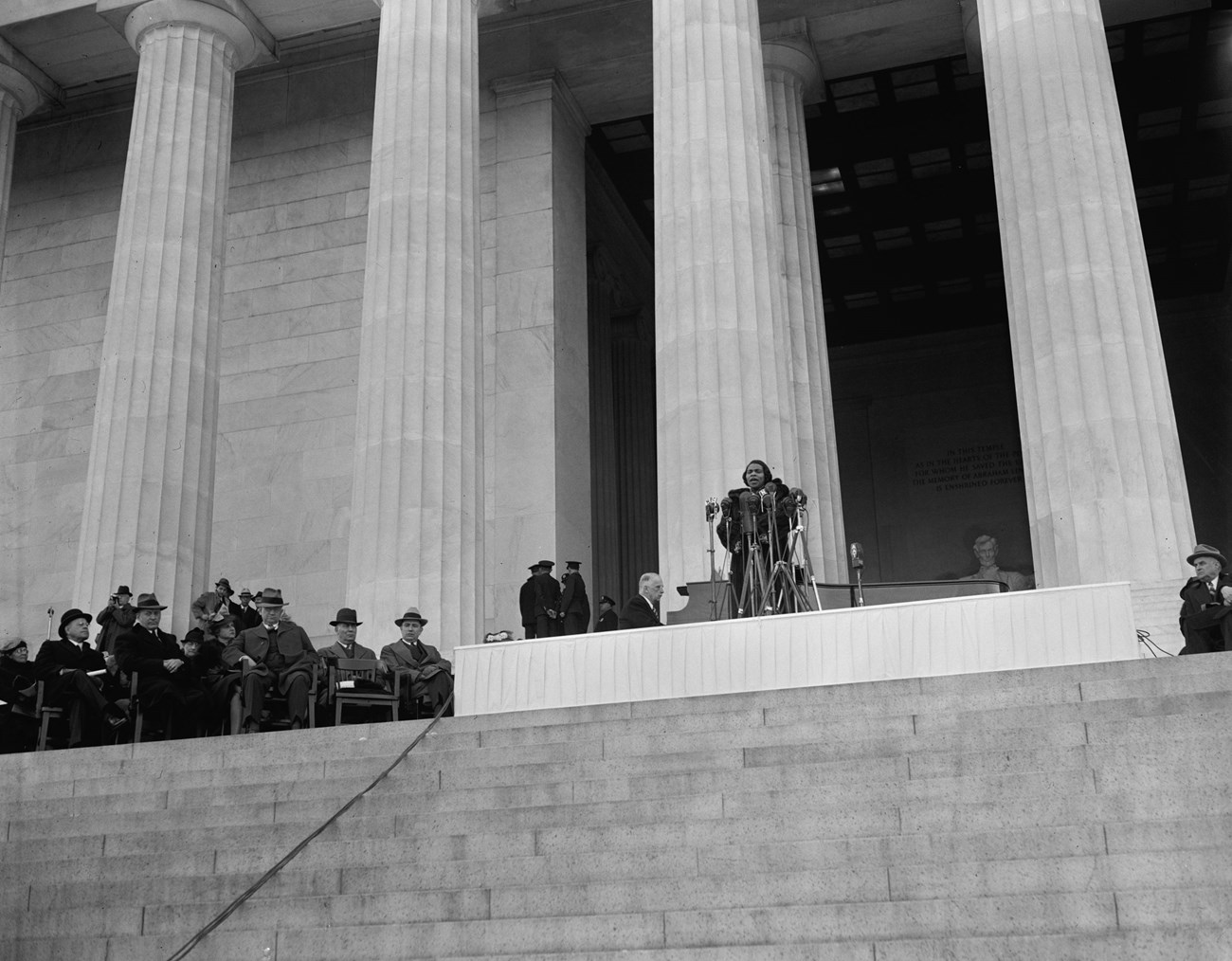
Members of FDR’s cabinet attend a performance by Marian Anderson at the Lincoln Memorial in 1939. The concert demonstrates how the experience of Black Americans impacted the Roosevelts their tactics to advance civil rights. Library of Congress photo. When Franklin Delano Roosevelt created the first presidential library, he hoped future generations would travel there to understand the extraordinary times through which he and his generation were passing. Those times included the Great Depression, the New Deal, and, eventually, a second World War. The era also included the seeds of the modern civil rights movement, a movement influenced in direct and indirect ways by Franklin and Eleanor Roosevelt’s lives before, during, and after their twelve years in the White House. How they evolved on the issue of race in America was in large part shaped by their relationships (both political and personal) with African American leaders, as well as by the Black members of their household staffs in Hyde Park, Washington, D.C., and Warm Springs, Georgia. Those remarkable figures are the focus of a new study that the Home of Franklin D. Roosevelt National Historic Site commissioned from the Hutchins Center for African and African American Research at Harvard University. In his rise to the presidency, FDR would be pressed to divulge where he stood on matters of race by the executive director of the NAACP Walter White. Republican Herbert Hoover’s dismal tenure in the White House gave FDR, candidate for the Democrat ticket, an opening to Black voters, who were suffering from four years of the Depression, but remained loyal to the Party of Lincoln. Roosevelt faced a major challenge right away. The New Deal era had its own versions of Black Lives Matter and debates over gun safety: chiefly, the scourge of lynching and the wariness of President Roosevelt to take it on directly for fear of alienating more powerful interests who held the keys to sweeping economic reforms he hoped to push through Congress. FDR tried to convey how, though he was horrified by the brutality of lynching, his hands were tied politically. Eventually, a gap would open between FDR and Eleanor over the gruesome and deadly practice. While FDR felt constrained, ER would go public in an increasingly vocal way. The racial fallout over ER’s Arthurdale, West Virginia, homestead experiment was a perfect example of New Deal racial injustice that altered ER’s thinking. It also would spark her evolution from an employer of Black domestic employees to an advocate of equal rights and a partner of Black activists. Though the Black press called out FDR for his failure to act on racial injustice and inequality, it also zeroed in on the fact that twenty-three out of the Roosevelts’ twenty-five White House household staff members were Black. Among them were the couple Irvin (“Mac”) and Elizabeth (“Lizzie”) McDuffie, FDR’s personal valet and a maid, respectively. Several profiles of the staff ran in the Black press, and Mac was interviewed on the record for at least one of them. He attested that FDR thought only in terms of “Americans,” not with the labels Black and white. “We feel like one large family,” said Lizzie McDuffie, who was the only member of staff FDR allowed to clean his room. Lizzie would establish herself as an effective ambassador for the Roosevelts in Black communities across the country when FDR ran for reelection in 1936 and 1940. Personal testimonials like those from the McDuffies were part of an effective communications strategy, revealing FDR’s political dexterity in appealing to African American voters through the Black press while placating the conservative white southern base of his party on the level of policy. It became a precedent future presidents would follow, even as the delicate political bargain between northern liberals and southern white Democrats rapidly disintegrated over the question of civil rights. No one exacerbated this fracture among the White House and white southerners more than Eleanor Roosevelt herself, who only increased her advocacy of African American rights during these years. African American civil rights leaders applied intense pressure before and during the United States’ official entry into the war to end Jim Crow discrimination in the defense industry and military. The key figure here was A. Philip Randolph, founder of the most powerful Black union in the nation, the Brotherhood of Sleeping Car Porters. Politically, FDR needed the support of Randolph’s union, and the support of labor more generally. Randolph pushed FDR to the brink on the subject, vowing to organize and lead a March on Washington unless the president signed an executive order banning Jim Crow in the mobilization effort. This political chess match was the most dramatic example in FDR’s entire tenure of Black activists successfully lobbying the president to act and negotiating with him backed by their own fair share of political leverage—leverage that threatened to expose the nation’s racial hypocrisies at a time when FDR was trying to hold the moral high ground in his struggle for his celebrated Four Freedoms and against fascism. At the same time, Black journalists at the Pittsburgh Courier announced the launch of their “Double V Campaign” to hold the administration to account as it sought to project democratic values abroad while bowing to Jim Crow at home. Eleanor Roosevelt carried on her work for many years after FDR’s passing in 1945. Living until November 1962, she witnessed and participated in the heroic phase of the civil rights movement. As events began to accelerate in the mid-1950s, ER heralded the Supreme Court’s landmark 1954 Brown v. Board of Education decision desegregating the nation’s public schools (most of the justices were FDR appointees). With America’s so-called Second Reconstruction underway after years of seeding during the New Deal and war, ER lent her support to the Montgomery Bus Boycott in 1955-1956 and met with Rosa Parks, E. D. Nixon (a longtime ally of A. Philip Randolph), and the Reverend Dr. Martin Luther King, Jr. Her reach across generations was expansive. As the decade turned and the nonviolent civil rights movement expanded, ER would stand in solidarity with the Freedom Riders attempting to integrate interstate bus lines in the South. No first lady had ever been so outspoken—in word or action—on civil rights. Advancing into old age, ER lived long enough to see the fruits of her advocacy, as well as FDR’s, in the courts and in the formation of future leaders during the New Deal and World War II who would play important roles in the Civil Rights Movement of the 1960s. The Civil Rights Leaders Featured in the Report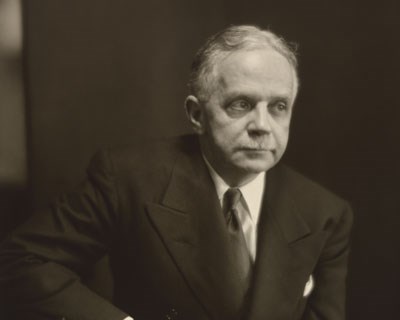
Walter WhiteWalter Francis White (1893 –1955) was an American civil rights activist who led the National Association for the Advancement of Colored People (NAACP) from 1929 until 1955. He directed a broad program of legal challenges to racial segregation and disfranchisement. He criticized FDR's political silence over Southern Democrats' blocking of anti-lynching legislation. 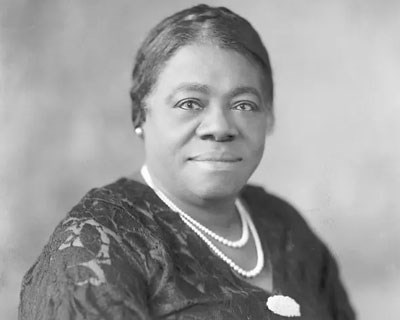
Mary McLeod BethuneThrough the power of education, her political activism, and civil service, Mary McLeod Bethune (1875 – 1955) dedicated her life to supporting racial and gender equality throughout the United States and the world. Bethune had a tangible impact on the New Deal, ushering African Americans into federal positions and convening the Federal Council on Negro Affairs. 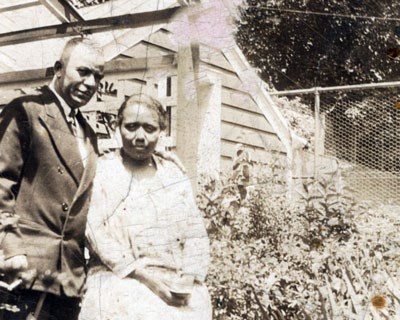
Irvin and Elizabeth McDuffieIrvin (1882 – 1946) and Elizabeth (1881 – 1966) McDuffie, FDR's valet and maid, respectively, had a uniquely close and personal relationship with President Roosevelt and became unofficial liaisons between the White House and the Black press. They also kept Roosevelt apprised of issues affecting black people across the country. Personal testimonials like those from the McDuffies were part of an effective communications strategy, revealing FDR’s political dexterity in appealing to African American voters through the Black press while placating the conservative white southern base of his party on the level of policy. 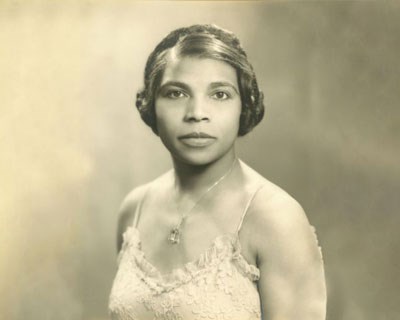
Marian AndersonMarian Anderson (1897 – 1993), rose from her working class, South Philadelphia neighborhood to become one of the leading contraltos in the world. In 1939 the DAR (Daughters of the American Revolution) refused to let her perform at Constitution Hall because she was African American. A political outcry ensued, including from Eleanor Roosevelt, and resulted in a concert on the steps of the Lincoln Memorial where thousands came to hear her sing. 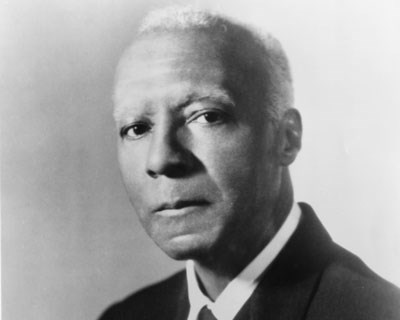
A. Philip RandolphA. Philip Randolph (1889 – 1962) founded the powerful Black union, the Brotherhood of Sleeping Car Porters. He served in FDR’s Black Cabinet and, with America’s entry in the War, led efforts to integrate the US military and increase African American participation in the broader national defense effort. In 1963, together with Bayard Rustin, he organized the historic March on Washington. 
Pauli MurrayA pioneering civil rights activist, Pauli Murray (1910 – 1985) earned law degrees from Howard and Berkeley and was the first African American to earn a JD from Yale. A prolific writer of prose and poetry, legal theory and history, Murray co-founded the National Organization for Women and, in 1977, became the first Black woman Episcopal priest. 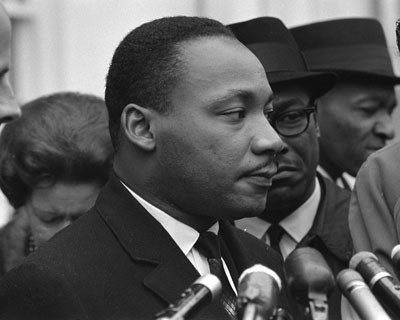
Martin Luther King, Jr.Martin Luther King (1929 – 1968), pastor of the Dexter Avenue Baptist Church in Montgomery, Alabama, dedicated his life to non-violent forms of civil rights protest. He led demonstrations all over the South, including the 382-day Montgomery bus boycott in 1955. President of the Southern Christian Leadership Conference, he was also the youngest man to win the Nobel Peace Prize. King’s “I have a dream” speech at the 1963 March on Washington came to define the civil rights movement. On April 4, 1968, he was assassinated on the balcony of the Memphis, Tennessee motel where he was staying. Explore the original report, The Roosevelts &
African American Civil Rights Leaders, which features in-depth stories and additional leaders. DOWNLOAD THE REPORT |
Last updated: January 14, 2024
